Cinema
'The Rise of Jordan Peterson'—A Review
The Rise of Jordan Peterson constructs a kaleidoscopic narrative that enables the viewer to look at the same sequence of events in several different ways.
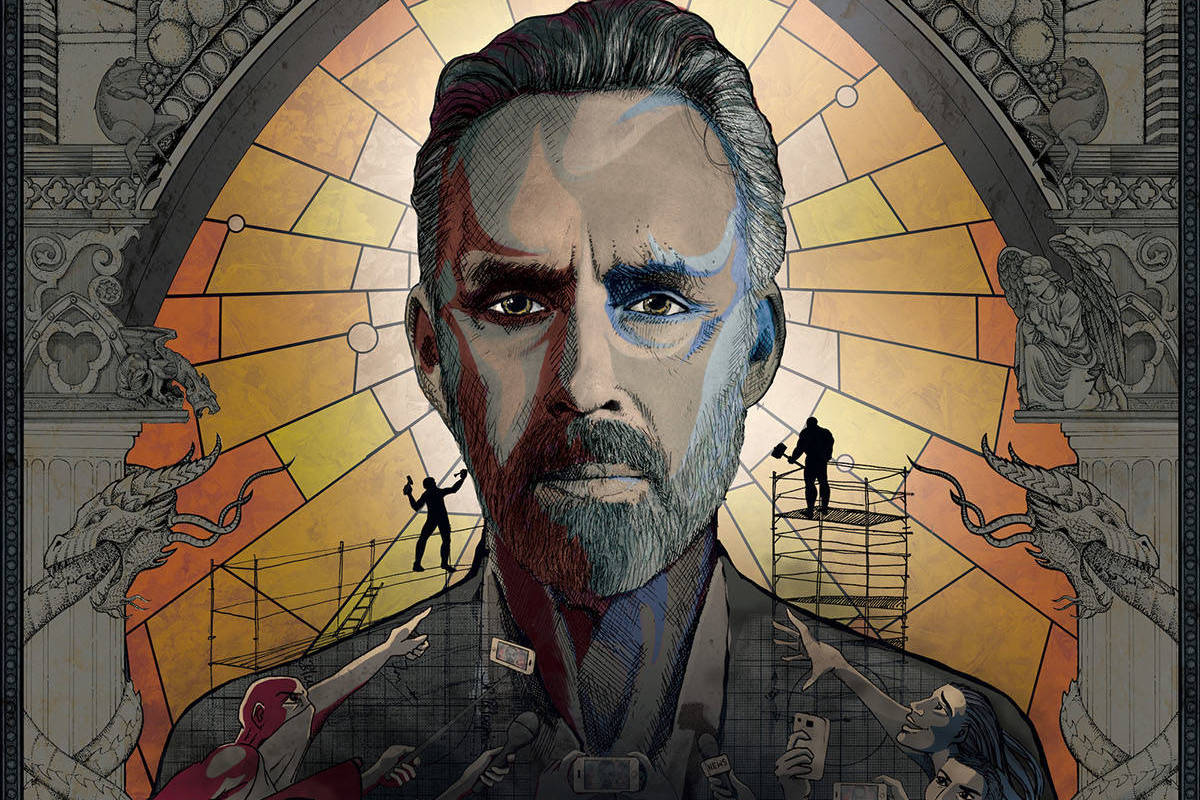
Given today’s downward cultural spiral, it’s disturbing but not surprising that the makers of a thoughtful new documentary about Jordan Peterson are having a hard time finding somewhere to show their film. Many mainstream and independent cinemas have refused to screen it because they’re “fearful of controversy” or “morally concerned.” One theater in Toronto cancelled a week-long showing after some of the staff “took issue with it.” A theater in Brooklyn cancelled a second screening, despite the fact that the first sold out and received good reviews, “because some staff were offended . . . and felt uncomfortable.”
We were going to join 11 Canadian cities watching #RJPFilm today but we received a last-minute cancellation from the Brooklyn venue because apparently some staff were offended by the content and felt uncomfortable to work at our screening.. https://t.co/nOTpoiGuGg
— Patricia Marcoccia (@pmarcoccia) October 6, 2019
Jordan Peterson. Jordan Peterson. Jordan Peterson! That name, that man, that swirling storm of impassioned controversies—again? After the flood of protests, podcasts, profiles, social media storms, hit pieces, and heartfelt testimonials that saturated the English-speaking world after Peterson posted his “Professor Against Political Correctness” video in Fall 2016, some might assume that squelching a new film about him is no big deal. After all, is there really anything worthwhile left to say about the man and the cultural maelstrom he provoked?
As it turns out, the answer is “yes.” Having watched the recently released 90-minute documentary, The Rise of Jordan Peterson, I can say this with confidence. The documentary follows Peterson’s unexpected skyrocket to fame by cross-cutting previously unseen and pre-existing footage in ways that are original, empathetic, and thought provoking. Clips of lectures, protests, and newscasts familiar to those who followed Peterson’s rise are expertly interwoven with fresh footage of past events, as well as exclusive interviews with him and a wide array of family members, friends, colleagues, and, importantly, critics (categories which, in some cases, overlap). There are also intimate scenes of Peterson in his home—strangely and rather disturbingly decorated with giant agitprop paintings—and his hometown of Toronto, Canada (which looks oddly bucolic, by comparison).
What makes The Rise of Jordan Peterson particularly notable is that it neither shies away from the political controversies surrounding Peterson, nor allows itself to be defined or limited by them. Peterson, of course, became an intensely polarizing figure immediately after posting his video critique of then-pending Bill C-16, which added gender identity and expression to the categories protected under the Canadian Human Rights Act and Criminal Code in 2017. (Peterson’s core objection to the legislation, as I understand it, is that this constitutes a dangerous expansion of the state’s power to control and even compel speech.) Consequent commentary tended to follow predictable lines: Progressives condemned him; conservatives praised him; and his more apolitical fans tried to stay out of the fray.
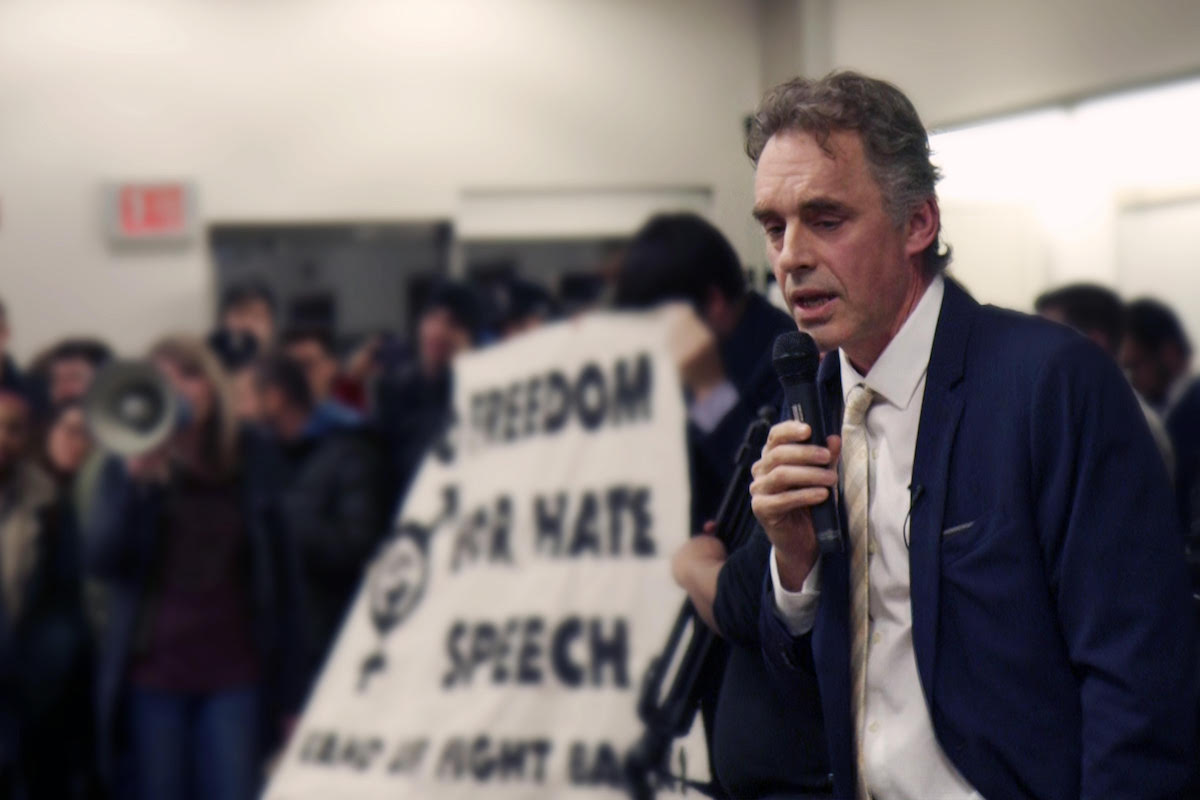
Rather than conforming to any one of these positions, The Rise of Jordan Peterson weaves the political debates into a richer tapestry of human issues, concerns, and relationships. The psychological and mythological realms, which are central to Peterson’s primary body of work (a fact since overshadowed by ugly disputes over his real and imagined politics), are invoked in ways that communicate their irreducible mystery and complexity. This is not easy to do, particularly when navigating such intensely contested ideological terrain. The result is a refreshingly original take on the Peterson phenomenon, with the vision and skill to transcend the intellectually and emotionally suffocating boxes with which it has typically been framed.
A Kaleidoscopic Narrative
The film (and its trailer) opens with an image of an unusual stained glass window that I found so arresting, I paused the video to look at it more closely. There’s a horseshoe studded with faceted jewels, a circle of roses, two green clovers, blue-green ivy garlands, classical columns. The images feel symbolically resonant, but impossible to place. The window looks like it might be part of an old university, or perhaps a church.
In fact, it’s located just outside Peterson’s front door. The camera follows him as he walks toward the window, opens the door beside it, and turns to go down the hallway and up the stairs. Virtually all of the available wall space in his house is filled with paintings. There’s a gigantic image of a triumphant Lenin pontificating before an attentive crowd, peppered with men brandishing rifles and red Soviet flags. All this flashes by in less than half a minute, accompanied by foreboding music.
A barrage of film clips and voiceovers then roll by in rapid succession—shots of Peterson’s lectures, newscasts, and podcasts; protesters; theater marques announcing his appearances; newspaper headlines denouncing him. A fan testifies: “He is the ultimate father figure.” An anti-Peterson activist sneers: “So, you’re anti-justice. Are you a Batman villain?” We see Peterson lecturing in front of enormous crowds. “Man does not live by bread alone,” he says. “Spiritual bread, that’s the story.”
Open-minded viewers may wonder: Why has there been such tremendous cultural and political churning around Peterson? Why did he so suddenly become such a famous (or, for many, infamous) public figure? What’s the best way to understand the significance not only of the man and his work, but also the tsunami of positive and negative attention he has generated?
The Rise of Jordan Peterson offers no simple answers to questions like these. It isn’t a conventional talking heads-style documentary. It doesn’t seek to hammer an agenda into its audience. Instead, the film honors the complexity of both of Peterson, his supporters, and his critics. It recognizes that the issues involved are enormous, complicated, and in many ways much bigger than the particular individuals, groups, and causes involved. Following Peterson’s sudden rise to fame in real time with an attentive ear, the story it shares is not reducible to a hashtag.
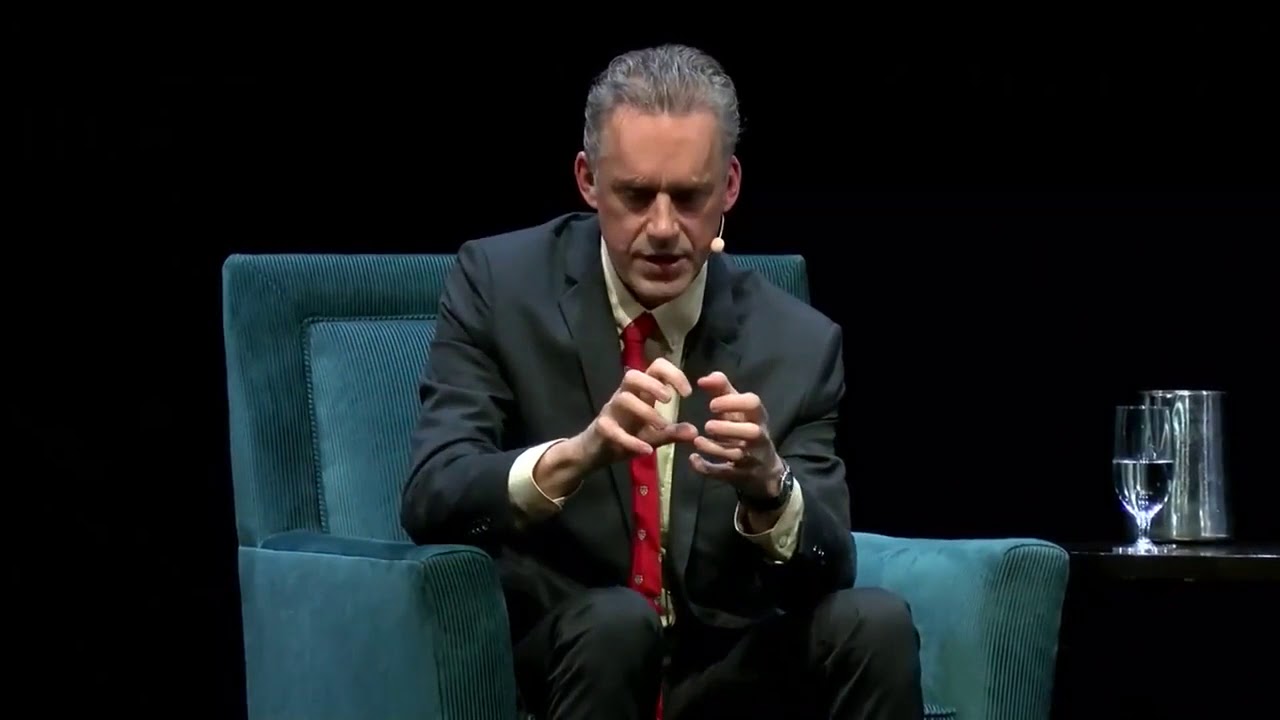
To appreciate the profound complexity of individuals and events is to recognize that both are embedded in larger patterns of social and historical relationships. Some of these patterns are so big that they are extremely difficult, if not impossible, to grasp. While it’s never explicitly stated, The Rise of Jordan Peterson feels like it’s exploring terrain that includes more than the understandings of reality and fact many of us take for granted. The many symbolic images that flash by—the stained glass, the paintings, a crucifix, and what look like several indigenous masks—evoke the extra-rational power of art, myth, ritual, ideology, and religion. These are powerful themes, central to Peterson’s primary body of work.
The Rise of Jordan Peterson constructs a kaleidoscopic narrative that enables the viewer to look at the same sequence of events in several different ways. Engaging with the film fully demands a willingness to listen to a wide and often conflicting range of perspectives. Those who insist on placing Peterson in an airtight box, and seeing him solely as either a holy prophet or a demonic villain, will almost certainly neither like nor understand this film. After all, it’s designed to raise questions that, if acknowledged, would devastate such one-dimensional caricatures.
On the other hand, those open to considering the man, his work, and the controversies swirling around him in a new light should value and enjoy the film. It’s an exceptional accomplishment that this should be true regardless of whether they’re fans, critics, or simply curious to know what all the fuss has been about. Weaving a multiplicity of narratives together into a powerful, if complex storyline, The Rise of Jordan Peterson inspires the viewer to think, feel, question, and reflect.
The Backstory
After watching the preview screener, I contacted the director and producer, Patricia Marcoccia, to learn more about how it came to be made, and the distribution problems she’s now facing. Having spoken to Marcoccia and her husband and co-producer, Maziar Ghaderi, for over an hour on the phone, I have a better understanding of how and why they came to make such an unusual film.
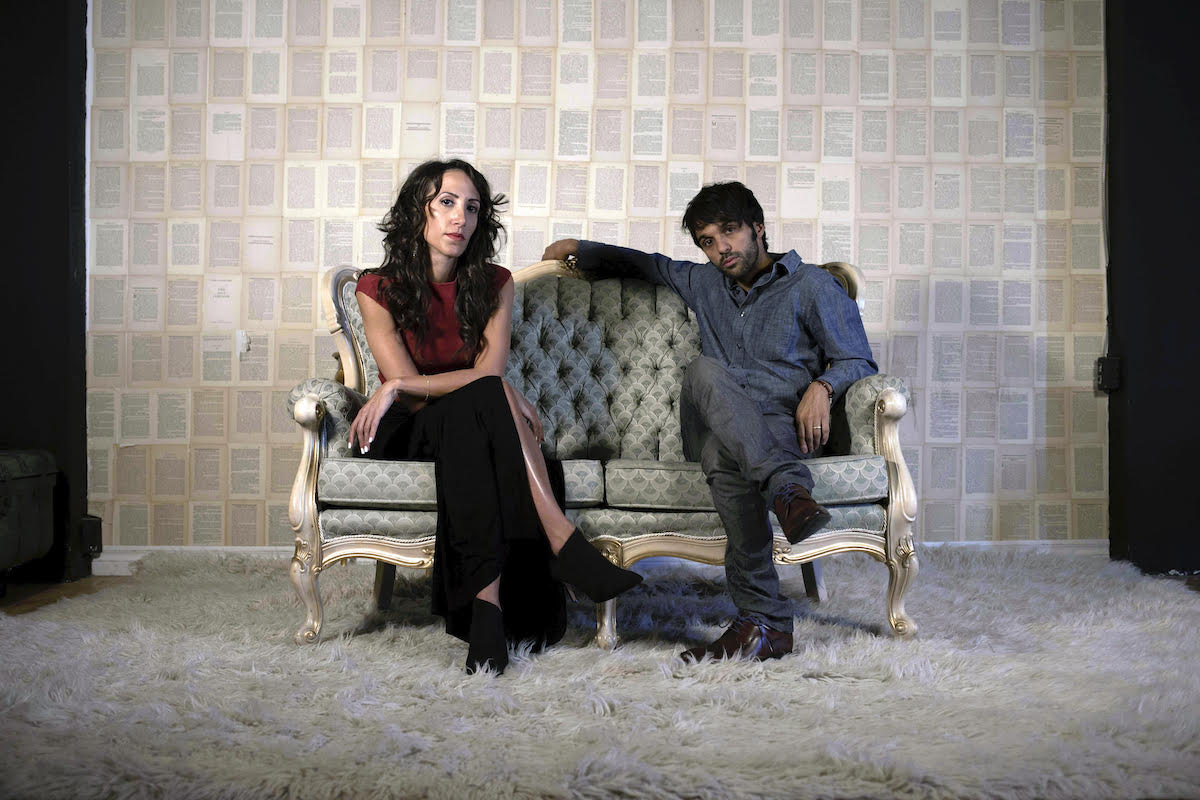
Given Peterson’s political divisiveness, one might assume that anyone deciding to make a film about him would be motivated by pre-existing views on the controversies that have engulfed him (in particular, hot button issues of sex and gender). By extension, one might think that any film about Peterson would want to show his social impact as either redemptive or destructive. But that wasn’t the genesis of this film, and it’s not what it communicates.
Marcoccia wanted to make a film about Peterson well before he became a public figure. She’d become interested in his work while she was a college student studying psychology at McMaster University back in the early 2000s. “I found his work on the psychology of meaning very impactful,” she explains. “And I knew he was having a big impact on his students over in Toronto, too.” After graduating and shifting her focus to journalism and film, she decided that she wanted to make Peterson the focus of her first independent feature. She approached him about it in 2015.
After learning more about Peterson’s personal life, Marcoccia decided to focus on his friendship with Charles Joseph, an accomplished third-generation Kwakwaka’wakw carver/artist. A year-and-a-half into that project, she awoke one morning to find that Peterson had posted “Professor Against Political Correctness” on YouTube and that all hell had broken loose. “The video was a total surprise to me. I had no idea it was coming,” she says. “I’d been filming conversations about dreams, Charles carving masks and totem poles, and a sacred potlatch ceremony”—Peterson and his family were at the time immersed in a very involved process of being ceremonially inducted into Joseph’s extended family—“and all of a sudden, there was all this conflict and controversy.”
After a few weeks, Marcoccia decided that she needed to change the focus of her film, and follow the rapidly developing story on which, unexpectedly, she had a uniquely privileged perspective. At the time, neither she nor her husband, a multimedia artist who was now working with her on the film, felt particularly happy about this switch. “This wasn’t the ambulance we would have been chasing” had circumstances been different, she explains. “We didn’t feel comfortable dealing with the ‘free speech versus transphobe’ controversy. But we also didn’t see walking away as an option. You need to follow a film where it takes you.”
“There was so much of this culture war stuff that we didn’t understand,” Ghaderi reflects. Personally and professionally immersed in the left-leaning worlds of art, film, and theater, working with his wife on the documentary when everything “suddenly blew up” was “confusing.” Marcoccia and Ghaderi agreed that if they hadn’t known Peterson and his work personally, and had only read about him in the media outlets they normally digested, they would have most likely been swept up in the anti-Peterson sentiment that dominated their milieu. Instead, they became hyper-aware that “there was all this complexity that we couldn’t ignore.”
Holding Space

Marcoccia and Ghaderi watched—and filmed—as activists, journalists, bloggers, fans, and even their close friends, rather than acknowledging this complexity, turned Peterson into a dichotomous “messiah/devil” icon. “There are right-wing opportunists who want to use Jordan for their own political ends,” Ghaderi notes. “There are people who want to use him to fill the gap of not having a father. There are the Antifa types who condemn him while they’re wearing a mask. It’s the media—journalists, writers, bloggers—that create Jordan’s persona.” The film’s official poster symbolically illustrates that these many competing forces collude to create a false image of the man they’ve come to know.
If the respect that the Marcoccia and Ghaderi have for Peterson is obvious, it’s also unexceptional. That respect extends to all their subjects, including a trans activist who criticizes them for making the film at all. As their website explains, they named their company “Holding Space Films” because the concept of holding space “is central to the filmmaking process”:
To hold space for someone is to metaphorically walk with them amidst their experience using genuine presence and deep listening to enable authenticity to emerge.
Rather than sorting their interviewees into partisan boxes, the filmmakers engage sympathetically with the multidimensional complexity of everyone involved. The consistency of Marcoccia and Ghaderi’s method constitutes a critical theme throughout the film. It’s what enables the (open minded) viewer to experience the nuances under investigation as thought provoking, rather than merely confusing. The people, issues, and events may sometimes be abstruse, but the unpretentious clarity of the filmmakers’ method results in a film that is intelligible, accessible, engaging, and coherent.
It’s important to note that “holding space” in the sense Marcoccia and Ghaderi mean it is difficult. It’s not easy to remain steady in the midst of intense conflict, and listen to the different sides involved with curiosity, empathy, and respect—let alone capture that in a 90-minute film. That they have largely succeeded is a significant accomplishment; one that’s much needed and all too rare. It requires a disciplined commitment to a deeply humane sensibility, an ethos that is widely misunderstood and ignored, if not denigrated and attacked today.
Blocked Access
Given most cinemas’ refusal to show the film, Marcoccia and Ghaderi have shifted to a “cinema-on-demand” model. This means that anyone who wants to see it can request a screening in their locale via an online platform. (For details, visit the website.) If 40 percent of the tickets for a given venue are sold in advance, the showing is guaranteed; if not, it’s cancelled. Another option, currently only available in the US, is to watch it at home via iTunes and DVD/BluRay at the end of October; about a week later, it will be available worldwide. (Availability on Android and other platforms is also planned.)
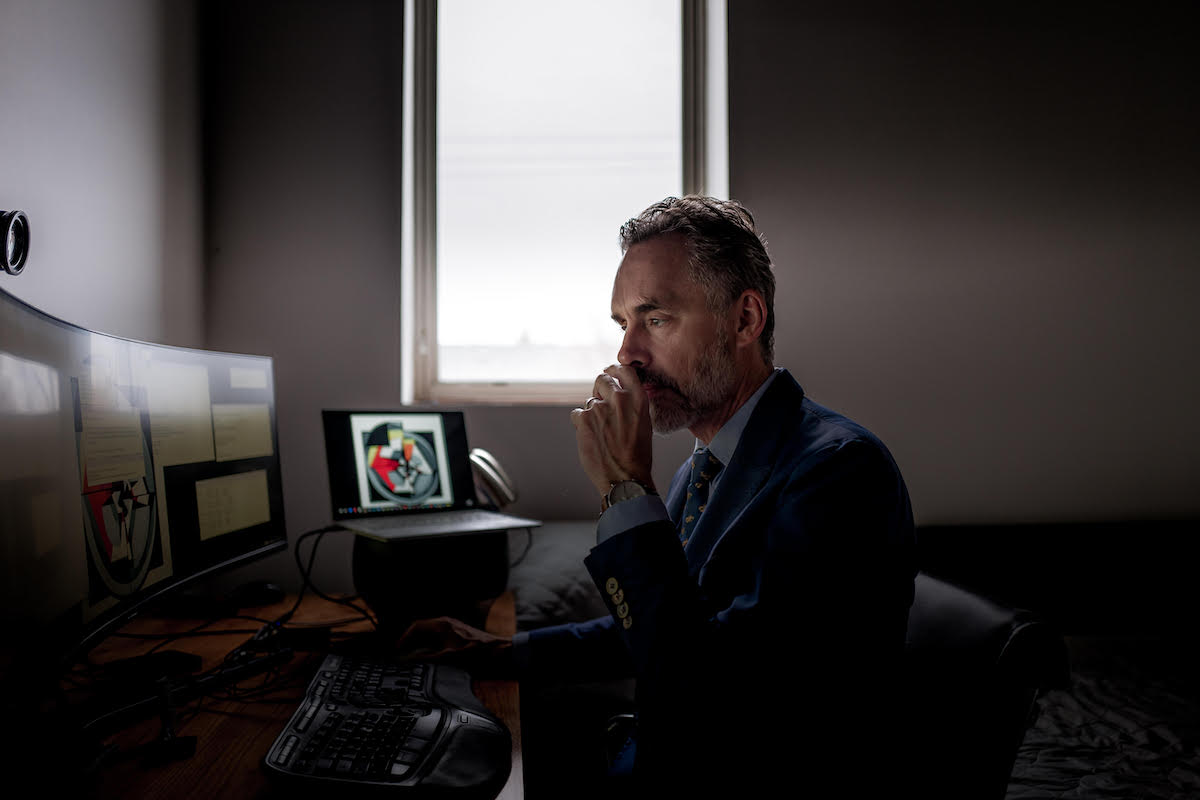
It’s sickly ironic that a film of such outstanding originality is being shut out of independent and arthouse cinemas, the very cultural institutions that should be most committed to supporting such creative work. It’s also pathetic that “progressives” preoccupied with a fashionable politics of identity can’t bring themselves to care about the hypocrisy of seeking to sabotage a film made by a woman (Marcoccia) and person of color (Ghaderi). No doubt, they’d also prefer to ignore the fact that the original project was to document Peterson’s friendship with an indigenous artist who, among other accomplishments, created a 55-foot high totem pole honoring the survivors of Canada’s residential school system, which forcibly placed First Nations children in shockingly abusive church-run schools.
Of course, it is unsurprising that those most committed to maintaining today’s dominant political narratives won’t like the complexity of The Rise of Jordan Peterson. And so most will probably ignore it, and some will try to shut it down. (As I was completing this article, I learned that another screening scheduled for November 17 at the Grand Gerrard Theatre in Toronto had been cancelled.) Happily, the flip side is that those who dislike such suffocating ideologies will find the film a fascinating, rejuvenating, and enjoyable breath of fresh air. My hope is that sufficient numbers of such people will not only see the film, but help to get it into theaters where it can reach the widest possible audience.






